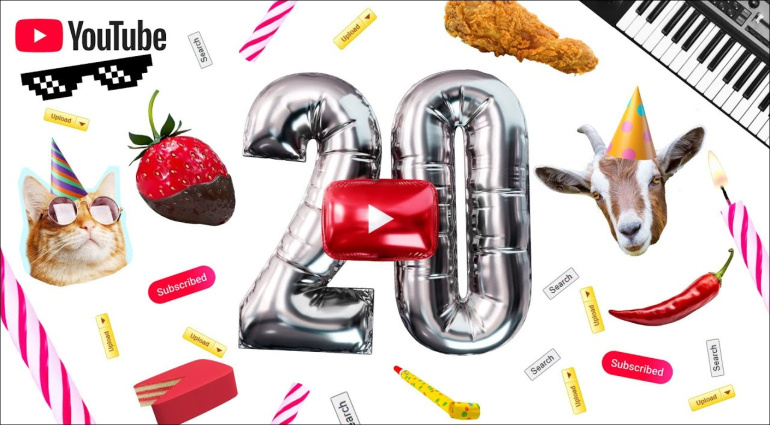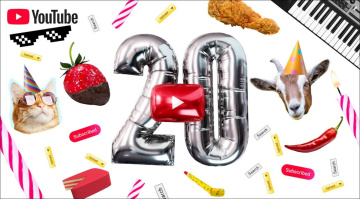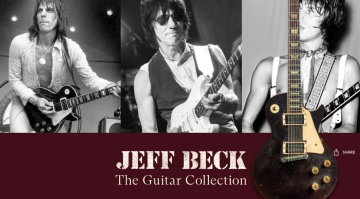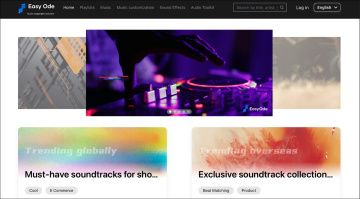20 Years of YouTube: From Garage Project to Billion-Dollar Platform
Over 100 Countries, 80+ Languages - and Growing
In May 2025, YouTube celebrates two decades of unprecedented digital media change – happy birthday! What began in April 2005 with the first internal upload to what was then a beta platform has, in just a few short years, become the world’s leading video platform. Today, more than 120 million people actively use the platform every day, including more than 100 million with a premium subscription. A money-making machine for Google and endless entertainment for us.
YouTube Turns 20: From Start-Up to Dominant Video Platform
This massive usage shows how deeply YouTube has become integrated into everyday life – not just as a video portal, but as a global media hub that combines entertainment, information, and culture on a common technical foundation. At the same time, YouTube increasingly functions as a digital television format that transcends linear broadcast logic and offers a curated and customizable media experience. And we all use it – don’t we?
With Google’s entry in 2006, the development reached a new speed. The purchase price of $1.65 billion, which was much discussed at the time, now seems more than justified with annual revenues of more than $50 billion. From today’s perspective, the strategic decision to abandon Google Video in favor of YouTube was groundbreaking. The massive infrastructure, user growth, and early focus on advertising and later subscription monetization models laid the foundation for today’s success.
YouTube as a TV Replacement: 1 Billion Hours of TV Every Day
The scale at which the platform now operates is reflected in more than two million new uploads every day, spread across more than 66 million active channels. Of these, 10 million generate regular advertising revenue, and some 300,000 channels are estimated to generate more than $100,000 in annual revenue. Wow.
But YouTube is not resting on its laurels. The platform sees itself as a driving force behind the music and creative industries – for artists and consumers alike. The growth of YouTube Music and premium subscriptions to 125 million paying users worldwide shows how central the platform has become to global music distribution. Its in-house AI DJ, strong presence in connected TV, and continued focus on visual music formats like shorts and livestreams are changing the way music is experienced.
At the same time, investments in new technologies such as generative AI capabilities (e.g., Dream Screen) are driving creative development. This is paving the way for a new generation of video aesthetics and video art, in which music videos are no longer seen as mere advertising vehicles, but as an independent form of cultural expression.
More Than Just Entertainment – a Job Market for Many
Despite increasing data linking, algorithmic relevance logic, and ongoing criticism of the lack of transparency in recommendation mechanisms, YouTube has so far operated largely without regulatory intervention in the tension between creative freedom and corporate responsibility. Its status as “under review” by antitrust authorities remains unchanged, with only a few specific cases currently pending.
At the same time, it is clear that YouTube is strategically using its influence to develop the platform not only as a distribution channel, but also as a space for cultural and technological innovation. The fact that even global events like Coachella have become an integral part of YouTube’s portfolio shows how much the platform has evolved from a hosting service to a shaping player in the digital music world – with open potential for the next 20 years.
More Information
- Website
- YouTube anniversary blog
- More about YouTube
 2,3 / 5,0 |
2,3 / 5,0 | 






